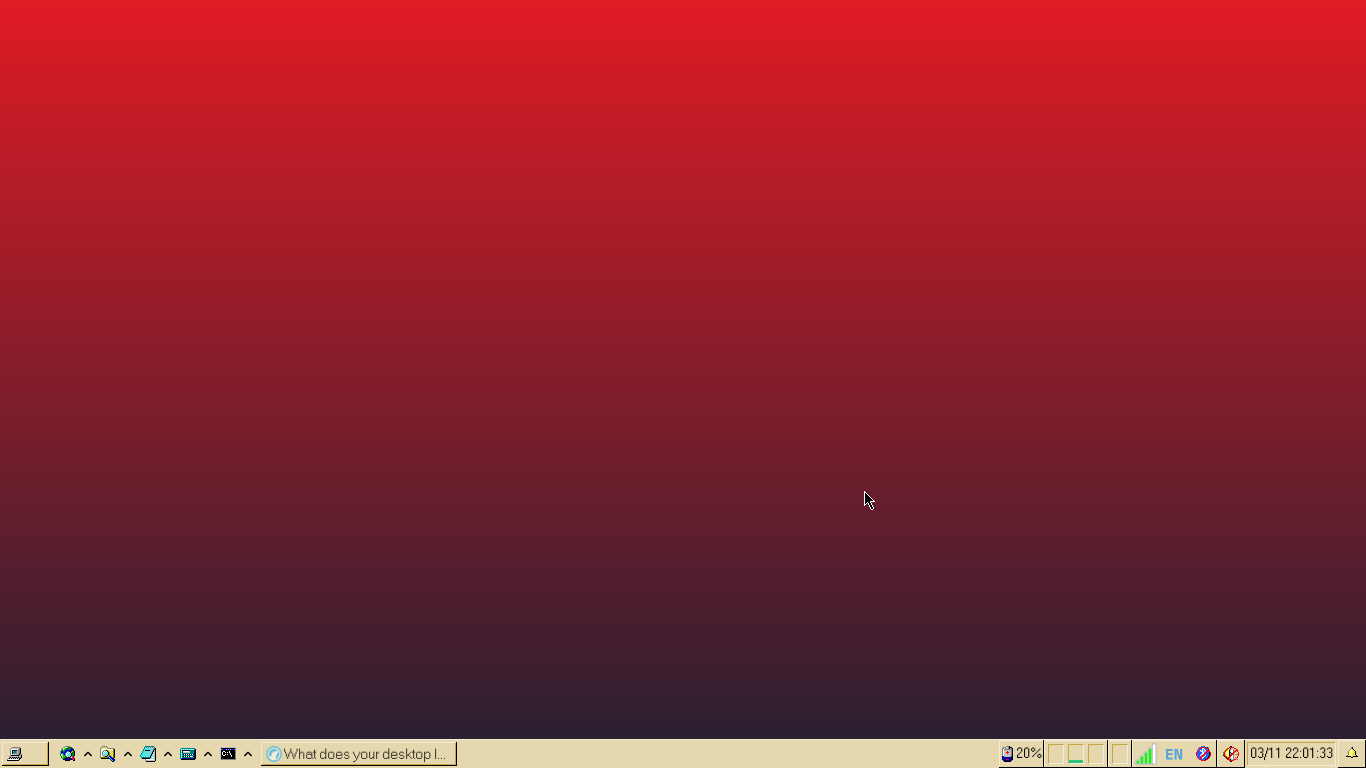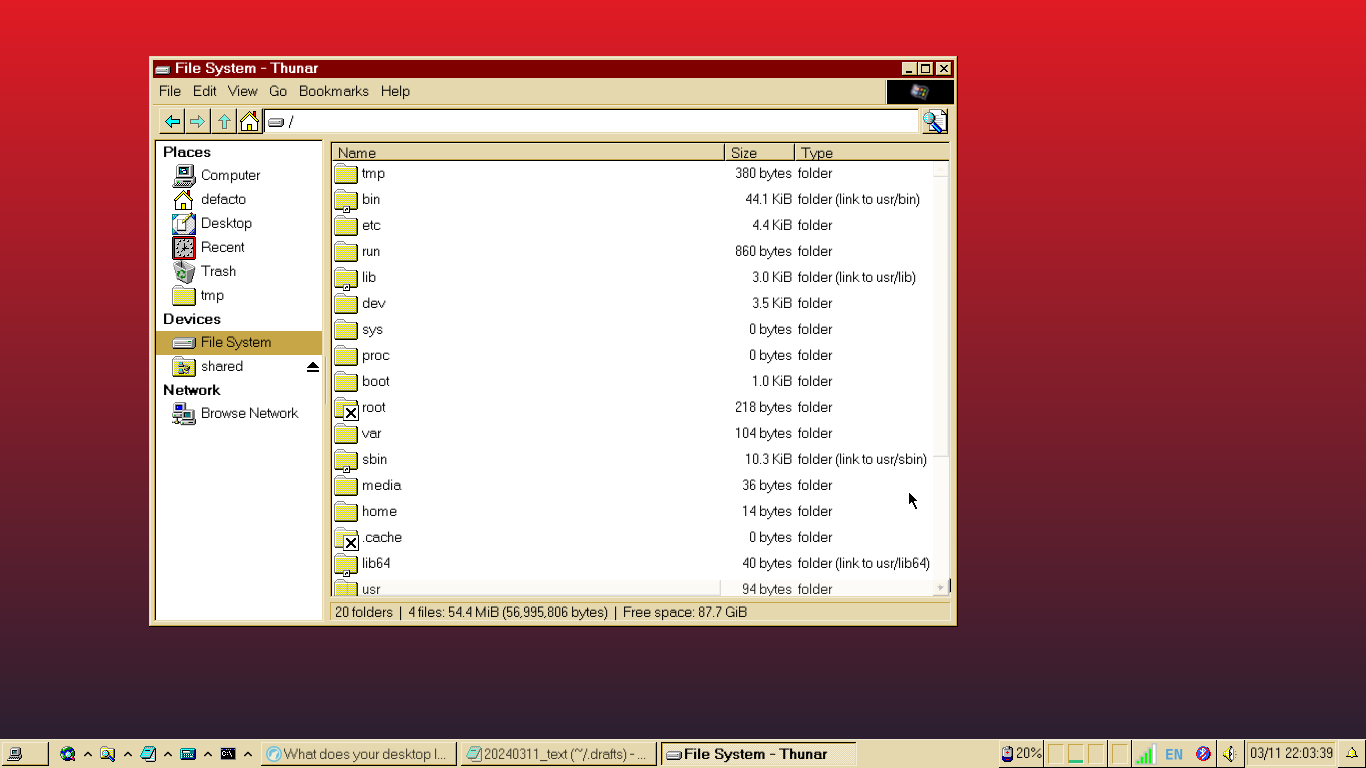

Dual-booting, modding, or debloating Windows. And anything but the LTSC edition. It’ll all fall apart within a year given the nature of Windows 10 updates. Projects like Ameliorated, while well-intentioned, are a security mess waiting to happen since you have to disable any and all updates.
So I bit the bullet on an extra laptop, exiled any Windows-specific projects, files, etc. to it and slapped on a copy of LTSC. I consider the machine compromised and only use it for what absolutely depends on Windows.






I use debian btw